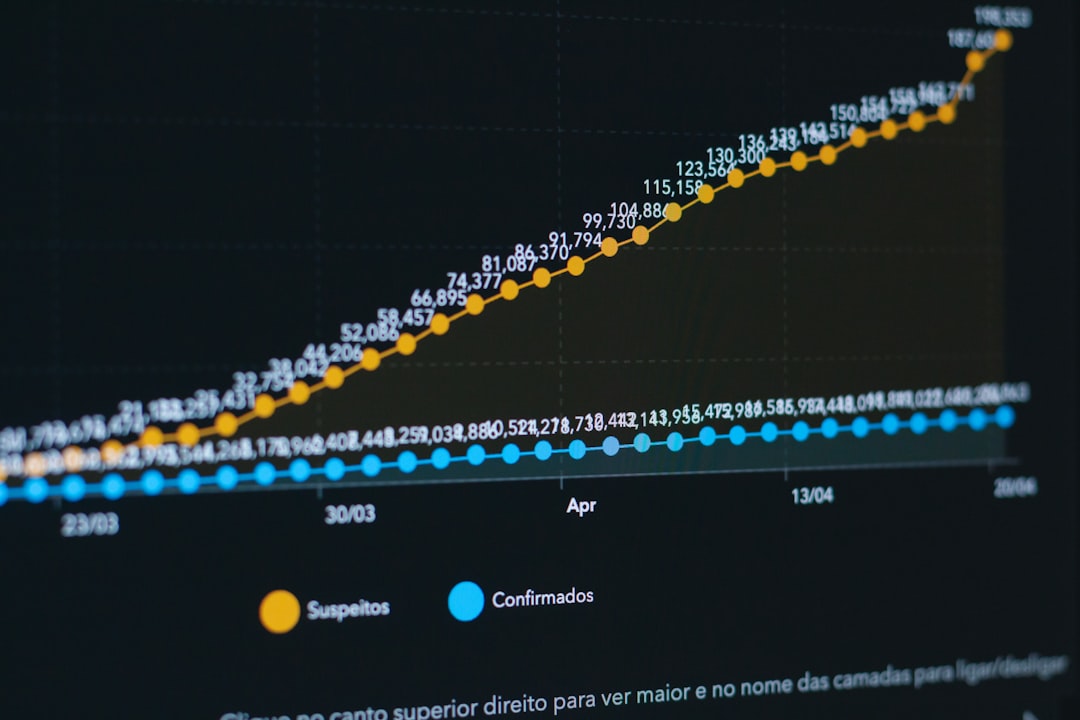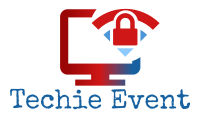The world of the Internet of Things (IoT) is growing rapidly, offering new possibilities for automation, monitoring, and data-driven decision-making. As this ecosystem evolves, many developers and organizations are turning to open source IoT stacks to build flexible, cost-effective, and scalable IoT solutions. These open source stacks provide a transparent set of tools and frameworks that can be customized for a wide variety of applications, from smart homes to industrial automation.
What is an Open Source IoT Stack?
An open source IoT stack refers to a collection of software components that work together to enable the development, deployment, and management of IoT devices and systems. Unlike proprietary stacks, open source versions allow developers to inspect the code, modify it, and redistribute it, aligning well with the innovative nature of IoT projects.
Typically, an IoT stack includes several layers that mirror those of traditional computing stacks but are tailored specifically for IoT environments:
- Device Layer: This includes physical devices or sensors and the embedded software running on them.
- Network Layer: Responsible for connecting devices to the cloud or edge servers, often using protocols like MQTT, CoAP, or HTTP.
- Backend Layer: Comprises cloud services, data storage, and analytics engines.
- Application Layer: Interfaces for end-users, such as dashboards, mobile apps, or APIs.

Key Benefits of Using Open Source IoT Stacks
There are several reasons why companies and developers choose open source options for building IoT systems:
- Flexibility: Open source allows full customization of each layer, from firmware to UI.
- Cost-Effectiveness: No licensing fees make it more economical, especially for startups and academic use.
- Transparency: Access to source code ensures better security auditing and trustworthiness.
- Community Support: A broad developer community can offer guidance, tools, and community-driven improvements.
Popular Open Source Components
There are numerous components available in the open source world for various parts of the IoT stack. Some of the most widely used ones include:
- Device firmware: Arduino, Zephyr RTOS
- Communication protocols: Eclipse Mosquitto (MQTT), libcoap (CoAP)
- IoT platforms: ThingsBoard, Eclipse Kura
- Data storage and analytics: InfluxDB, Apache Kafka
These tools are often combined to form complete IoT stacks, enabling seamless data flow from edge devices to cloud environments and into visualization tools.

Challenges of Open Source IoT
Despite the many advantages, open source IoT stacks also come with their own set of challenges:
- Integration Complexity: Mixing and matching components can require specialized knowledge.
- Security: Open source does not automatically mean secure; constant vigilance and updates are essential.
- Support: Unlike commercial solutions, support depends heavily on community resources or paid services.
Use Cases
Open source IoT stacks are highly versatile and have been successfully implemented in various fields:
- Smart Agriculture: Monitoring soil conditions and automating irrigation systems.
- Industrial IoT (IIoT): Real-time monitoring of machinery and predictive maintenance.
- Home Automation: Integration of smart lights, thermostats, and security systems.
Conclusion
Open source IoT stacks offer a powerful, adaptable, and community-supported alternative to proprietary IoT platforms. They empower developers and businesses to innovate freely, avoid vendor lock-in, and build IoT systems tailored to their precise requirements. As IoT continues to reshape industries and daily life, the role of open source technologies will only become more prominent.
Frequently Asked Questions
- What are the best open source IoT platforms?
Some of the leading platforms include ThingsBoard, Eclipse Kura, and OpenHAB. - Is open source IoT secure?
While transparency enhances trust, security depends on regular updates and best practices in code management. - Can open source IoT stacks be used in commercial projects?
Yes, many open source tools are licensed to allow commercial use, but it’s important to review specific licenses carefully. - Do I need programming skills to use an open source IoT stack?
Basic programming knowledge is typically required, especially for integrating different components and customizing features.
